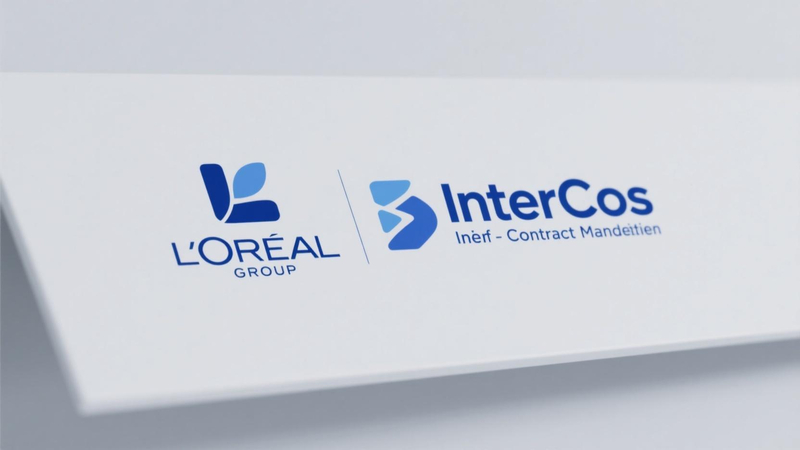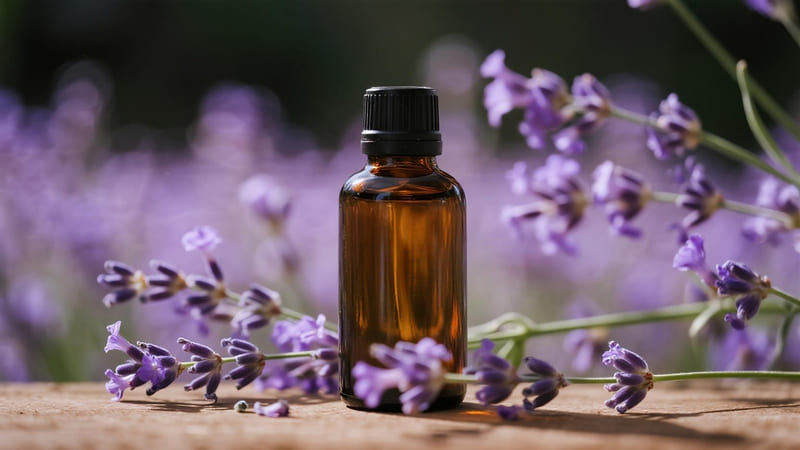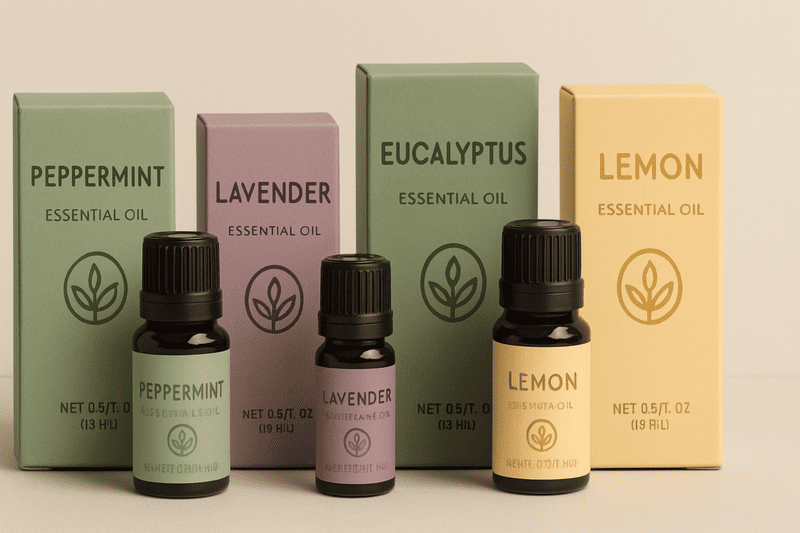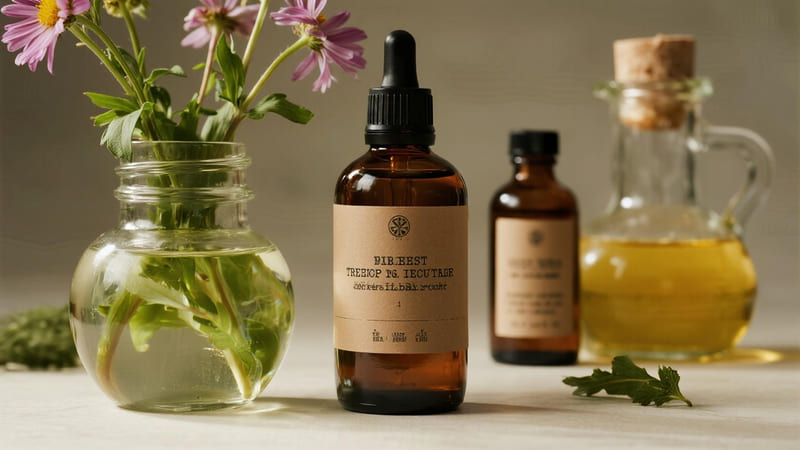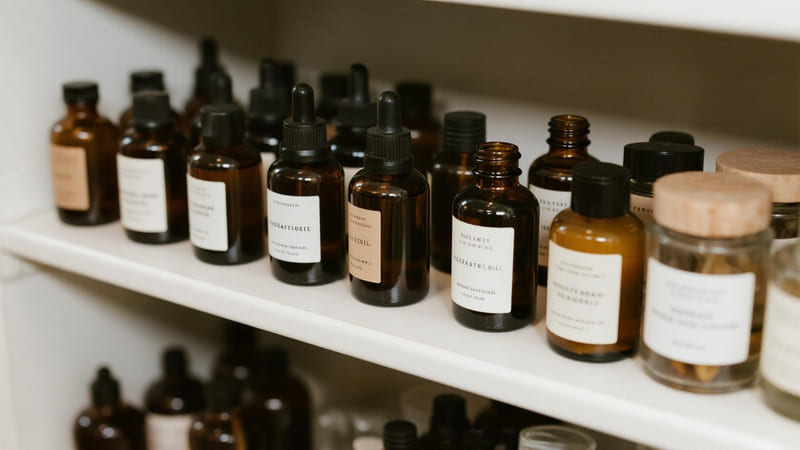The "best" place to manufacture cosmetics is not a single location but rather a strategic choice that depends heavily on a brand’s specific needs, including product type, desired quality, target market, budget, and scale. Different regions around the world have developed unique strengths and specializations in cosmetic manufacturing.
The best place to manufacture cosmetics depends on the product category: Italy is renowned for high-quality color cosmetics (makeup); South Korea and Japan are leaders in innovative skincare; France excels in luxury skincare and perfumery; and China offers unparalleled scale, speed, and cost-effectiveness for a vast range of products. The USA and Germany are also major hubs with diverse capabilities.
Choosing a manufacturing location is a critical decision that impacts everything from product quality and innovation to cost and speed to market. As a packaging supplier with ShineTop, we work with brands and contract manufacturers across these global hubs, providing them with the high-quality packaging they need. Let’s explore the strengths of these key manufacturing centers.
Where are Most Cosmetic Products Manufactured?
When considering sheer volume and the breadth of products, a few key regions stand out as the powerhouses of global cosmetic manufacturing.
While cosmetic manufacturing is global, a significant volume of products is manufactured in regions like China (for its immense scale and cost-effectiveness across all categories), the European Union (led by France, Germany, and Italy, especially for premium and luxury goods), the USA (for its large domestic market and diverse capabilities), and key Asian beauty hubs like South Korea and Japan (for innovation).
The global manufacturing landscape is diverse, with each region playing a distinct role.
Major Cosmetic Manufacturing Hubs:
-
China:
- Role: A manufacturing behemoth. Offers massive scale, unparalleled speed in production, and highly competitive pricing. The capabilities range from mass-market to increasingly sophisticated mid-market and premium products. It is also the world’s leading source for cosmetic packaging.
- Strengths: Cost-effectiveness, speed, vast supply chain for both ingredients and packaging, ability to produce huge volumes.
-
European Union:
- France: The historical heart of luxury beauty. Renowned for high-end skincare, fragrances, and prestigious makeup brands. Strong emphasis on quality, heritage, and sophisticated formulations.
- Italy: A global leader in color cosmetics (makeup). Many of the world’s top makeup brands, including luxury ones, have their products formulated and manufactured by Italian contract manufacturers known for their expertise in pigments, textures, and innovation in makeup.
- Germany: Known for high efficiency, quality engineering, and a strong focus on natural, organic, and dermo-cosmetic products.
-
USA:
- Role: A massive and dynamic market with a wide range of manufacturing capabilities, from large-scale production for multinational corporations to agile contract manufacturers serving the booming indie brand scene.
- Strengths: Innovation (especially from indie brands), diverse product categories, proximity to a large consumer market.
-
South Korea:
- Role: A global trendsetter and innovation hub, particularly for skincare (K-Beauty).
- Strengths: Cutting-edge R&D, unique ingredients, innovative textures and product formats (e.g., cushion foundations, sheet masks, essences), and sophisticated, often playful, packaging.
-
Japan:
- Role: Known for meticulous quality, advanced scientific research, and high-performance formulations (J-Beauty).
- Strengths: High-quality skincare, sun care, and elegant makeup. Focus on texture, stability, and efficacy.
So, while a huge volume of products is made in China, specialized innovation and luxury production are still heavily concentrated in Europe, South Korea, and Japan.
How Do I Create My Own Makeup Brand?
Creating your own makeup brand is an exciting venture that involves much more than just a great product idea. It’s a process that blends creativity with business strategy, product development, and marketing.
To create your own makeup brand: 1. Define your brand identity and target audience. 2. Develop your product concept and formulations (either custom or private label). 3. Find a reputable manufacturer (contract or private label). 4. Design your branding and packaging. 5. Ensure regulatory compliance. 6. Create a business and marketing plan. 7. Launch and sell your products.
Launching a makeup brand is a step-by-step journey.
Key Steps to Creating Your Brand:
-
Brand Foundation & Research:
- Niche & Target Audience: Who are you selling to? What makes your brand unique? (e.g., vegan, clean beauty, specific aesthetic, for a particular skin tone range).
- Brand Name & Identity: Choose a name, develop a logo, and define your brand’s personality and values.
- Market Research: Analyze competitors and identify gaps in the market.
-
Product Development:
- Decide on Your Products: Start with a focused range (e.g., lipsticks, an eyeshadow palette).
- Choose Your Manufacturing Route:
- Private Label (White Label): The easiest entry point. A manufacturer offers you their pre-existing, tested formulas, and you put your brand name and packaging on them. It’s faster and less expensive.
- Contract Manufacturing: You work with a manufacturer to create a custom formula based on your specifications. This offers more uniqueness but is more expensive and time-consuming.
- Handmade (for very small scale): Making products yourself. Requires strict adherence to hygiene (GMP) and regulations.
-
Find a Manufacturer:
- Research and vet private label or contract manufacturers that specialize in color cosmetics. Look for those with good reputations, low MOQs (Minimum Order Quantities) if you’re starting small, and adherence to GMP.
-
Design Branding & Packaging:
- This is crucial for differentiation. Work with a designer to create your visual identity.
- Source your packaging. You might use stock packaging offered by your manufacturer or work with a specialized packaging company like ShineTop to create custom components (compacts, tubes, boxes) that truly reflect your brand.
- Anna, a client of ours in Thailand, started her brand this way, working with a local formulator and partnering with us for unique, custom packaging.
-
Ensure Legal & Regulatory Compliance:
- Understand the cosmetic regulations in the countries where you plan to sell (e.g., FDA in the US, EU regulations).
- This includes ingredient safety, proper labeling (INCI lists, net weight, etc.), and manufacturing standards (GMP).
-
Business & Financial Planning:
- Create a business plan.
- Calculate your costs (product, packaging, marketing, shipping) and set your pricing.
- Secure funding if needed.
-
Marketing & Launch:
- Build a website and social media presence.
- Plan your launch strategy (e.g., influencer marketing, paid ads).
- Set up your sales channels (e.g., e-commerce store, retail partnerships).
Where is the Best Place to Manufacture Products?
This question extends beyond cosmetics to all consumer goods. The "best" place to manufacture depends on a trade-off between cost, quality, speed, innovation, and supply chain complexity.
The "best" place to manufacture products depends on the specific industry and priorities: China is often best for scale, speed, and cost-effectiveness in electronics and many consumer goods. Southeast Asian countries (like Vietnam, Thailand) are growing alternatives. Mexico is strong for manufacturing for the North American market. Europe (Germany, Italy) excels at high-precision engineering and luxury goods. The USA is best for innovation and proximity to its domestic market.
The decision is a strategic one for any business.
Manufacturing Hubs & Their Strengths:
-
China:
- Pros: Unmatched manufacturing ecosystem, vast supplier network for components, incredible scale, speed, and generally lower labor costs. Highly experienced in a huge range of products.
- Cons: Rising labor costs, potential for intellectual property issues (though improving), geopolitical tensions, longer shipping times to Western markets.
- Best For: Electronics, textiles, toys, furniture, and a vast array of consumer goods where cost and scale are key.
-
Southeast Asia (Vietnam, Thailand, Malaysia, Indonesia):
- Pros: Becoming a popular alternative to China ("China Plus One" strategy), competitive labor costs, growing manufacturing expertise.
- Cons: Infrastructure and supply chains can be less developed than in China.
- Best For: Apparel, footwear, some electronics assembly.
-
Mexico:
- Pros: Proximity to the US market (reduced shipping times and costs), favorable trade agreements (USMCA).
- Cons: Can have higher costs than Asia for some goods.
- Best For: Automotive parts, electronics, medical devices, goods for the North American market.
-
Europe (especially Germany, Italy):
- Pros: High quality, precision engineering, strong focus on automation and innovation, skilled labor force.
- Cons: High labor costs.
- Best For: High-end automotive, industrial machinery, luxury goods, pharmaceuticals.
-
USA:
- Pros: High innovation, strong IP protection, proximity to a large market, "Made in USA" appeal, lower shipping costs for domestic sales.
- Cons: High labor costs.
- Best For: Aerospace, medical devices, pharmaceuticals, innovative tech products, goods where speed to the US market is critical.
For cosmetics, as discussed, this global specialization holds true. A brand might source its innovative skincare formula from a lab in South Korea, its luxury makeup from Italy, and its high-quality custom packaging from a manufacturer like ShineTop in China to get the best of all worlds.
Who is the Largest Manufacturer of Cosmetics?
When asking about the "largest manufacturer," it’s important to distinguish between brand owners (like L’Oréal) and the contract manufacturers that often produce products for many different brands.
By revenue and brand ownership, L’Oréal Group is widely considered the largest cosmetics company in the world, owning a vast portfolio of brands including L’Oréal Paris, Maybelline, Lancôme, Garnier, and SkinCeuticals. However, the largest contract manufacturer (producing for other brands) is often cited as Intercos, an Italian company that creates and produces cosmetics for many of the world’s most famous beauty brands.
There are two ways to look at "largest manufacturer":
-
Largest Cosmetics Company (Brand Owner):
- L’Oréal Group (France): Consistently holds the top spot in terms of global sales. Their massive portfolio covers all categories (makeup, skincare, haircare, fragrance) and market segments (mass, luxury, professional, dermo-cosmetic).
- Other Giants: Following L’Oréal are other major conglomerates like:
- Estée Lauder Companies (USA): Owns MAC, Estée Lauder, Clinique, Tom Ford Beauty, etc.
- Unilever (UK/Netherlands): Owns brands like Dove, Axe, and many personal care lines.
- Procter & Gamble (P&G) (USA): Owns brands like Olay, Pantene, Head & Shoulders.
- Shiseido Group (Japan): Owns Shiseido, NARS, Clé de Peau Beauté.
- LVMH (France): Owns Dior Beauty, Guerlain, Fenty Beauty.
-
Largest Contract Manufacturer / Private Label Manufacturer:
- Intercos (Italy): This is a B2B (business-to-business) giant. They are a "behind-the-scenes" powerhouse that many consumers have never heard of, but they formulate and manufacture makeup and skincare products for a huge number of well-known global brands, from luxury houses to mass-market players. Their expertise, particularly in color cosmetics, is world-renowned.
- Other Major Contract Manufacturers: There are many other significant players globally, such as Cosmax and Kolmar (South Korea, known for skincare innovation), and numerous others in the US, Europe, and China that serve the needs of thousands of brands.
So, while L’Oréal is the biggest public-facing beauty company, companies like Intercos are the manufacturing engines that power a huge portion of the industry, including many of the brands owned by the large conglomerates as well as indie brands. My client Mohammed from Iraq, who creates custom gift sets, often sources the actual cosmetic products from various European contract manufacturers, and then comes to ShineTop for the specialized luxury packaging to bring it all together.
Conclusion
The "best" place to manufacture cosmetics is a strategic decision based on a brand’s focus, with different countries excelling in luxury, innovation, or large-scale production. For aspiring brand owners, creating a makeup line involves a clear process from concept and manufacturing choices (like private label) to branding and packaging—a critical step where a quality supplier like ShineTop can make a significant difference. While giants like L’Oréal lead in brand ownership, much of the industry’s production is powered by expert contract manufacturers, highlighting the global and specialized nature of cosmetic creation.

